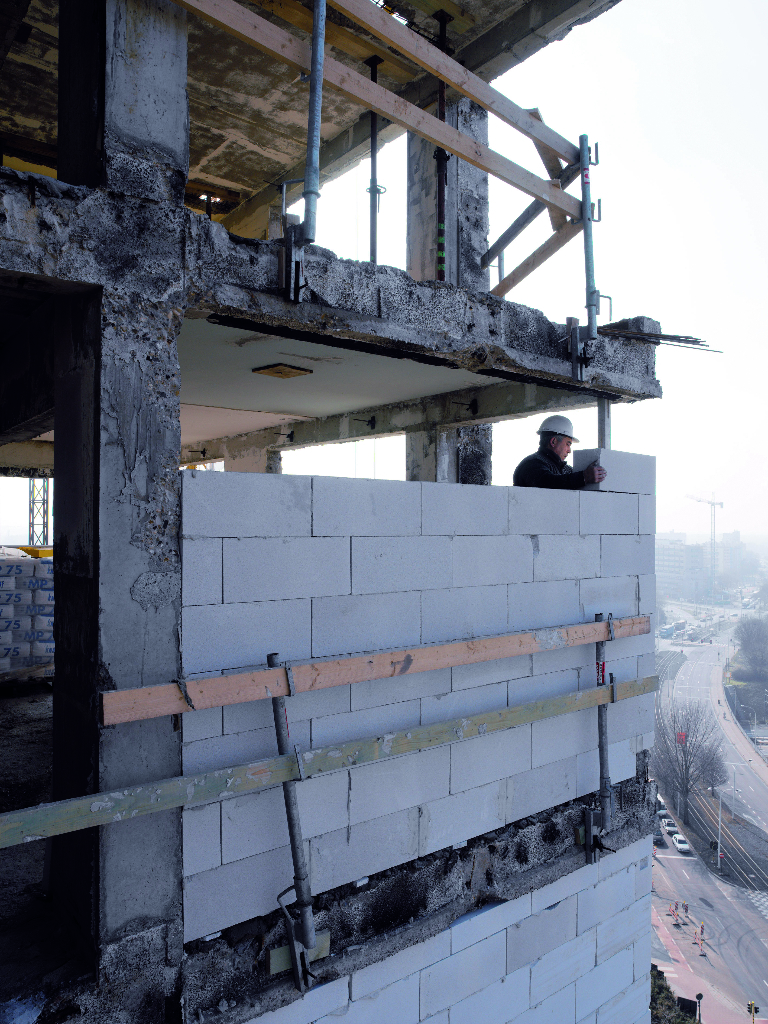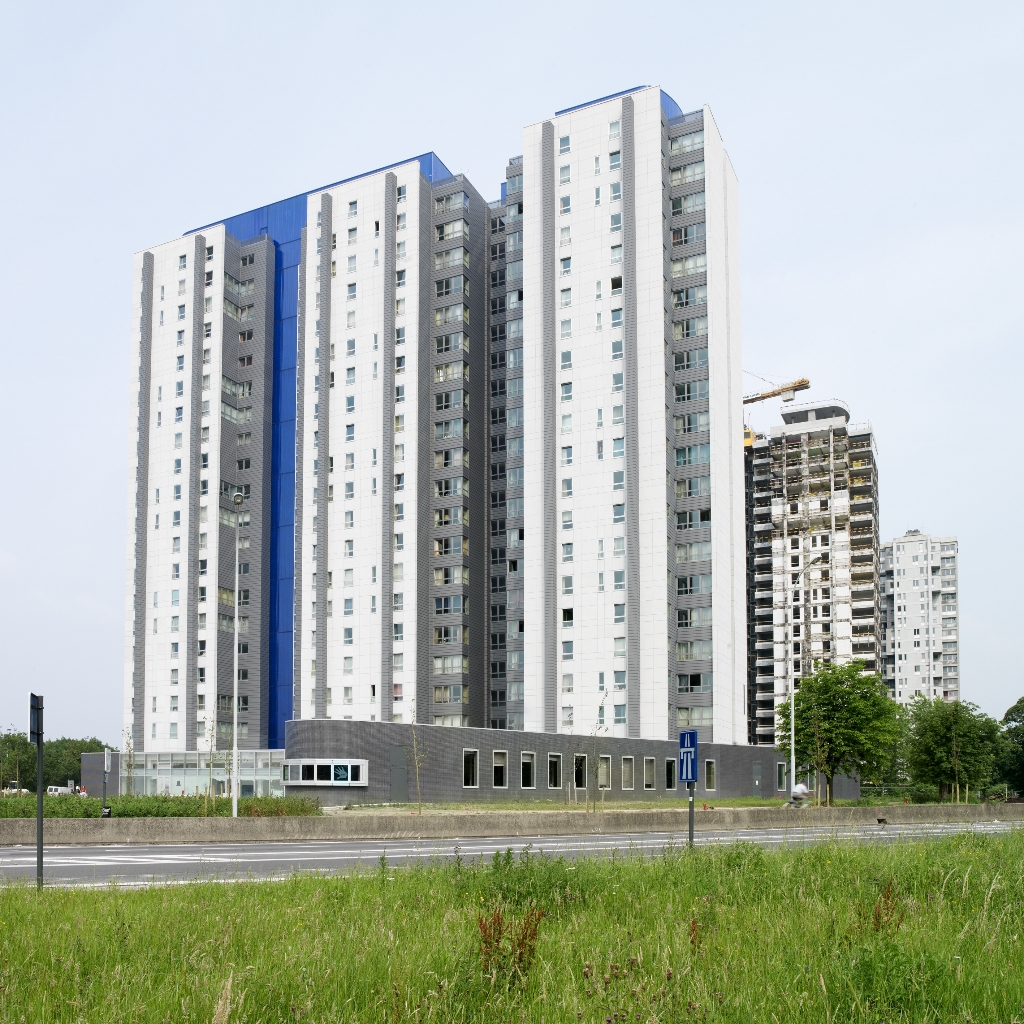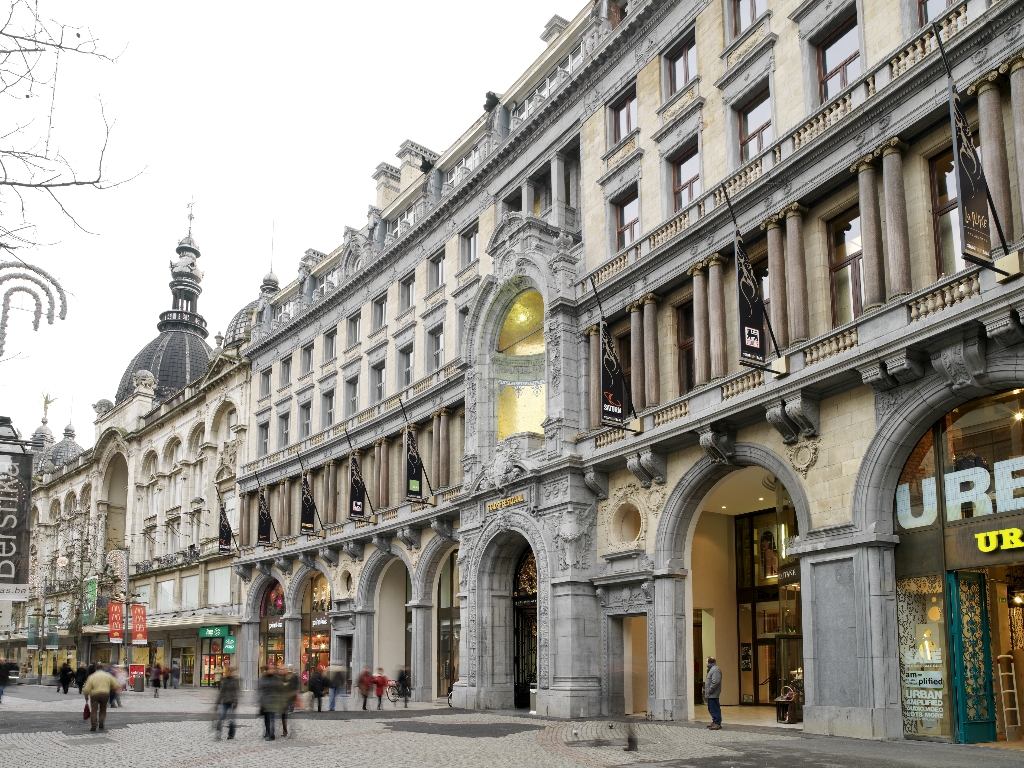News & Markets
Boosting the construction and renovation sector in Europe
Update on Renovation Wave and Urban Transformation
Loading...As representatives of the European AAC industry, EAACA, the European Autoclaved Aerated Concrete Association, welcomes the new initiative and hopes that it can deliver the urgently needed economic stimulus. Also, EAACA members will have to deal with long-term consequences of the crisis and are only slowly starting to recover. Investments for our sector as well as the overall construction and building industry’s recovery are therefore crucial, also considering the current low annual renovation rate and the amount of outdated post-war building stock that already needed modernization to fit with energy-efficiency, air quality and security standards well before the crisis. EAACA believes however, that the AAC industry can play a crucial role in the renovation of Europe, as AAC is a product that can be used in a wide variety of renovation processes, with its multi-faceted, highly secure, strong, lightweight and fully recyclable characteristics. Therefore, in the following, EAACA will provide information on how AAC can be used in renovation projects and which characteristics of AAC will be essential. Further, some specific renovation project stories from EAACA members are showcased from different European Member States, in which AAC was used to insulate, transform and modernize residential as well as non-residential buildings.

The Renovation Wave will be the Commission’s new action plan designed to enhance the decarbonization and modernization of Europe’s building stock by at least doubling the annual renovation rate across Member States. This has received strong support from a wide spectrum of stakeholders including industry, policy makers and civil society and is broadly seen as a “potential economic and ecological silver bullet”. As Commission Vice-President Frans Timmermans stated, it can be a key component of Europe’s green recovery and set to “kick-start Europe’s economy quickly at the local level” by creating jobs in construction, renovation and other-labour intensive industries. The initiative will include EU financing schemes and investment programmes to scale up private investments for the construction and renovation sector, particularly for SMEs. A special focus shall go towards tackling the worst performing buildings that require more than 60% renovation, as well as the renovation of social housing, schools and hospitals. Further, it aims to stimulate more renewable energy use in buildings and investing in smart technologies and digital tools to increase the energy efficiency of the European building stock.
The unique characteristics of AAC for renovation processes
EAACA believes that the industry can play a pivotal role in the European renovation wave and would like to highlight in particular a few characteristics that are unique to AAC and can really show the benefits of its use for renovation projects throughout Europe. Firstly, acknowledging that the overall objective of the Renovation Wave is to decarbonize and modernize buildings by increasing the overall energy efficiency performance in buildings, EAACA is the opinion that also health and safety of occupants must simultaneously be guaranteed and play an integral role in buildings’ renovation processes. We should thus ensure that renovation does not lead to unintended consequences and must avoid using materials that undermine the safety of buildings. When using AAC for renovation and insulation efforts, we can ensure that the fire load of a building is not increased. Indeed, AAC is a highly fire-resistant material, classified as "Class A1 non-combustible", according to regulations on protection of buildings from fire, and increases the overall fire protection of the building envelope. AAC is an indispensable choice for the construction and renovation of fire-safe buildings, which needs to be particularly highlighted in light of the Commission’s plans to renovate public buildings, especially schools and hospitals.

Moreover, indoor air quality of buildings are of vital importance to ensure the long-term health of our citizens, particularly vulnerable groups such as children and elderly people. Considering that over 70% of Europe’s population lives in urban areas and that humans spend an average of 60 - 90% of their life indoors, healthy rooms within buildings constitute a crucial aspect of construction design and should be promoted during renovation processes, too. AAC can provide these practical and safe solutions that guarantee high indoor air quality as well as non-combustible features.
At the same time, AAC can also become a deciding factor for the energy efficiency and overall sustainability of buildings since it is made from natural resources which are 100% recyclable in closed- and open-loop recycling processes. In this regard, as the Renovation Wave will be putting an emphasis on the circularity of construction and renovation materials as well as the long-term sustainability and stability of buildings, AAC is also an excellent choice.
Another important aspect to increase the energy efficiency of buildings when renovating is to invest more in the integration of on-site renewables in future construction policy. The Renovation Wave will seek to highlight renewable use in buildings and as a legal leverage, the review of the EU Renewable Energy Directive will seek to regulate mandatory targets for their application. EAACA welcomes this approach but believes that we particularly need to set a focus on demand-side-flexibility, promoting net-zero energy districts over single building units to ensure the complementarity of energy performance measures within connected urban spaces. Taking a district-level view also allows us to facilitate the integration of buildings into the energy and electric vehicle-charging infrastructure. Also net-zero houses should be promoted over passive housing to further incentivize the integration of on-site renewables within the building envelope and creating the most cost-optimal solutions. Overall, a more holistic and smart sector integration approach should be taken to achieve a higher sustainability of buildings in the future.

Finally, the Renovation Wave aims to boost digitalization as an enabler for distributed energy generation, storage and flexibility. EAACA believes this point could be stressed even further and emphasize the opportunity that Europe has to create more sustainable and smarter living and working environments through digitalization. Our future urban environments need to integrate transport, energy and ICT systems through smart solutions. Renovating existing buildings and constructing new buildings with the appropriate materials can create the right conditions for sustainable urban mobility and smart cities. In parallel, the industry should boost the digitalization of new buildings through wide use of innovative solutions that can lead to a more efficient construction process. Innovations like Building Information Modelling offer new possibilities for designers and builders to model the material properties of construction materials and entire buildings. Ensuring smarter, more efficient materials management can save energy and reduce the environmental impact of new buildings.
Europe’s Renovation Wave is an ambitious but strongly needed plan to decarbonize the construction and building sector through increased modernization and renovation of Europe’s aging building stock using energy efficient and smart materials. Our industry can play a crucial role since AAC products are strong, lightweight, comply with new energy efficiency standards and are 100% recyclable. In addition, our products are also highly fire resistant, ensure adequate in-building air quality and support the development of smart buildings and cities. AAC is thus the product of choice for Europe’s sustainable and digital building renovation wave and additionally provides much needed security and health guarantees.

